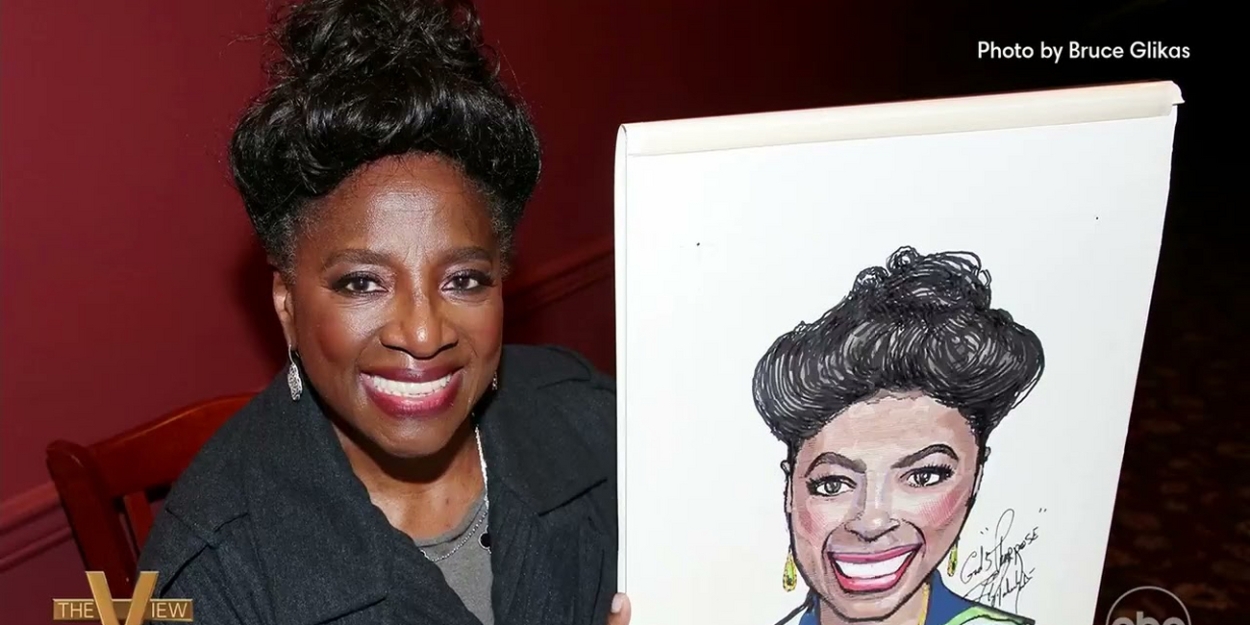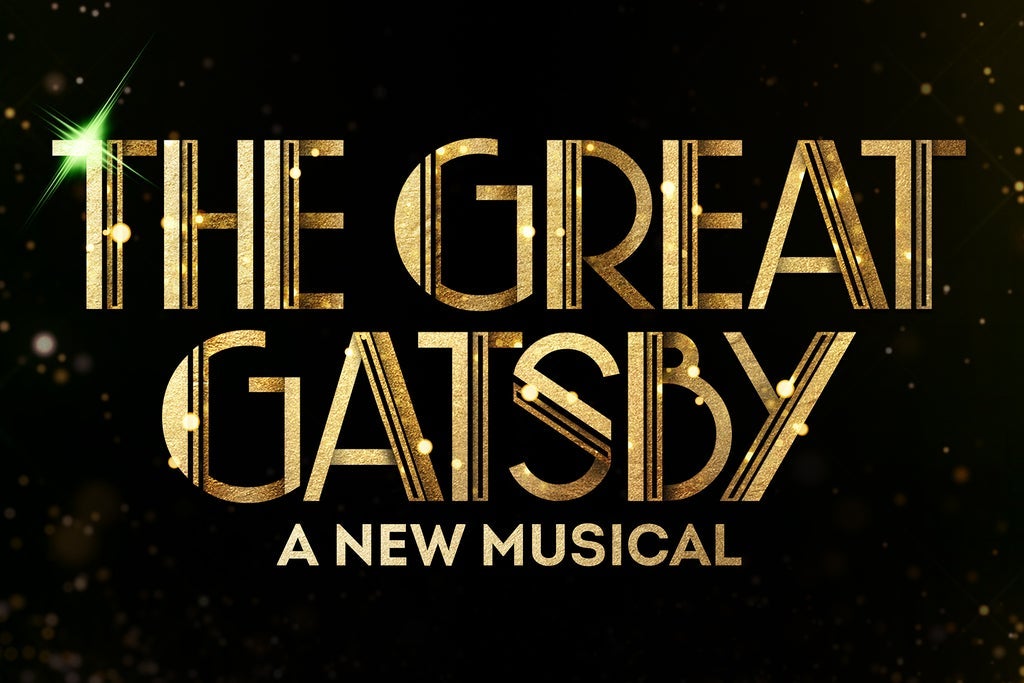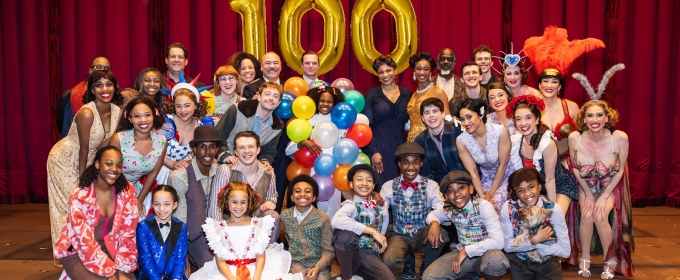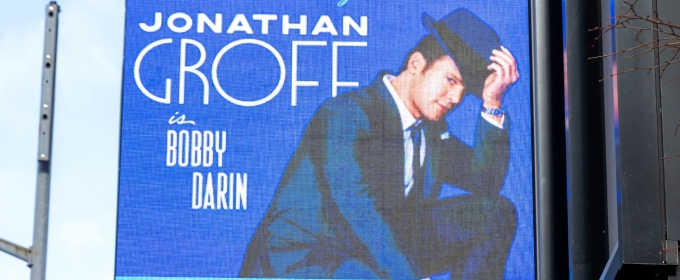Trending Stories
Recommended for You
Review Roundup: OTHELLO, Starring Denzel Washington and Jake Gyllenhaal
Othello is now running on Broadway at the Ethel Barrymore Theatre
Review Roundup: Sarah Snook Stars In THE PICTURE OF DORIAN GRAY On Broadway
This new adaptation is written and directed by Kip Williams.
John Krasinski Will Lead ANGRY ALAN Off-Broadway
Sam Gold will direct the limited 10-week engagement.
Broadway Grosses: Week Ending 3/23/25 - GOOD NIGHT, AND GOOD LUCK Starring Clooney Tops the List
The top 5 highest grossing shows include OTHELLO, GLENGARRY GLEN ROSS and more.
Ticket Central
Industry
West End

Video: Myles Frost Reprises Tony-Winning Role In MJ THE MUSICAL West End
Check out Myles reprising the role that made him a star in video from the new production as he and the show's ensemble perform, 'What About Us?'
Check out Myles reprising the role that made him a star in video from the new production as he and the show's ensemble perform, 'What About Us?'
New York City

See Lorna Luft & Andrea McArdle and More at 54 Below in April
April will also feature Marilyn Maye, Donna McKechnie and more.
April will also feature Marilyn Maye, Donna McKechnie and more.
United States

Photos: First look at Pickerington North High School Theatre Presents SIX: THE MUSICAL, TEEN EDITION
Are you Ready for Herstory?
Are you Ready for Herstory?
International

Review: Kanata Theatre's HOME, I'M DARLING at the Ron Maslin Playhouse
A solid show in Kanata Theatre's 2024-2025 season, Home, I’m Darling is currently in performances through April 5th.
A solid show in Kanata Theatre's 2024-2025 season, Home, I’m Darling is currently in performances through April 5th.












































.jpg)















































